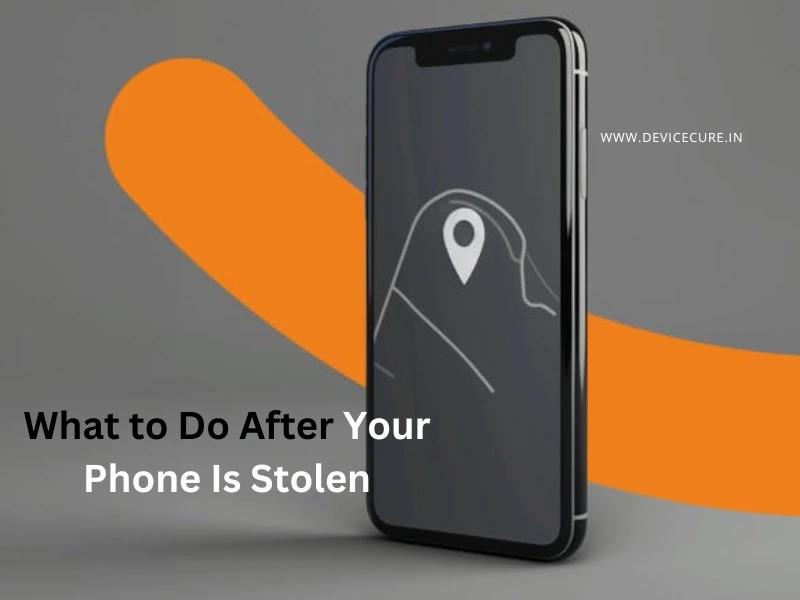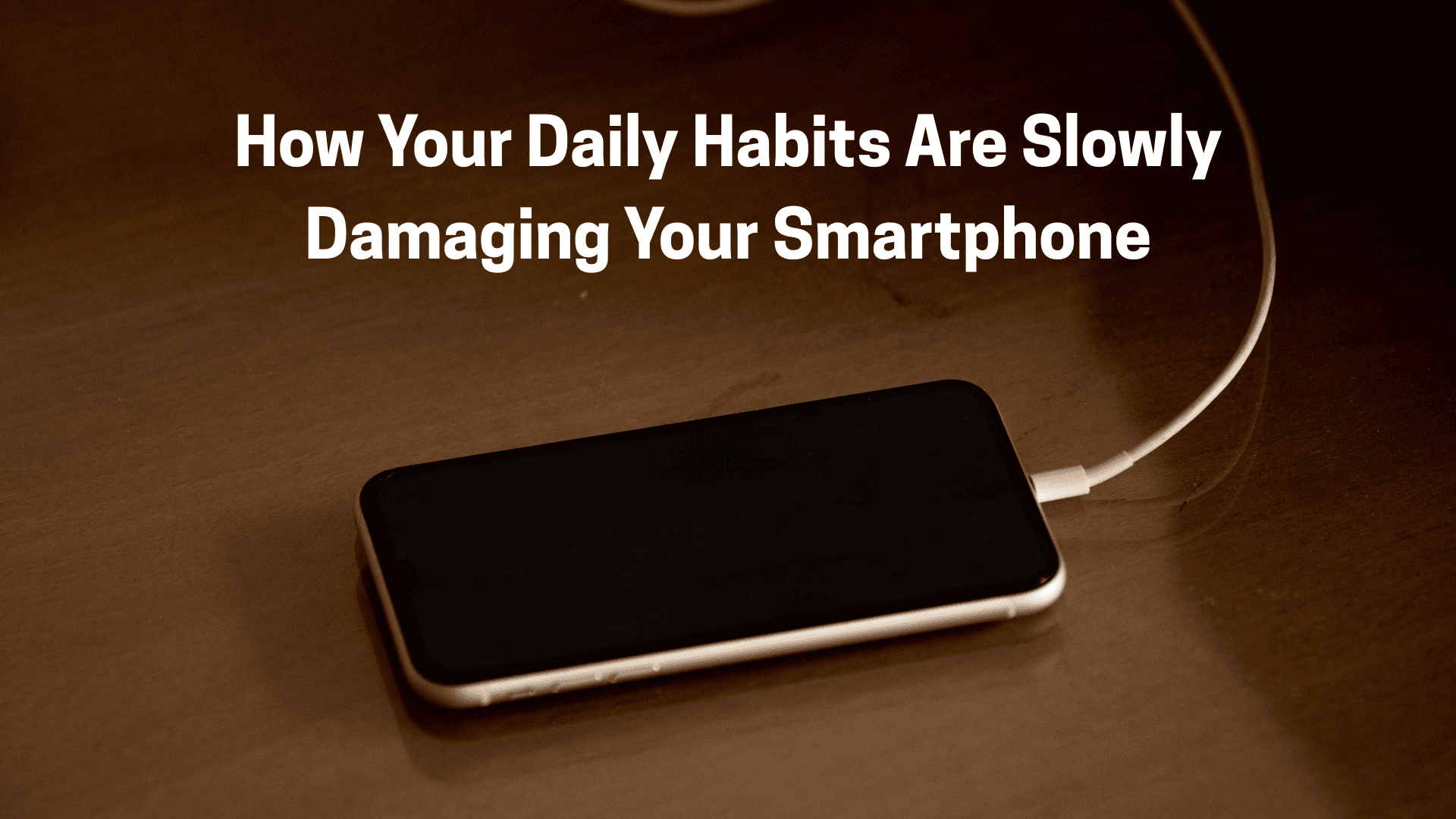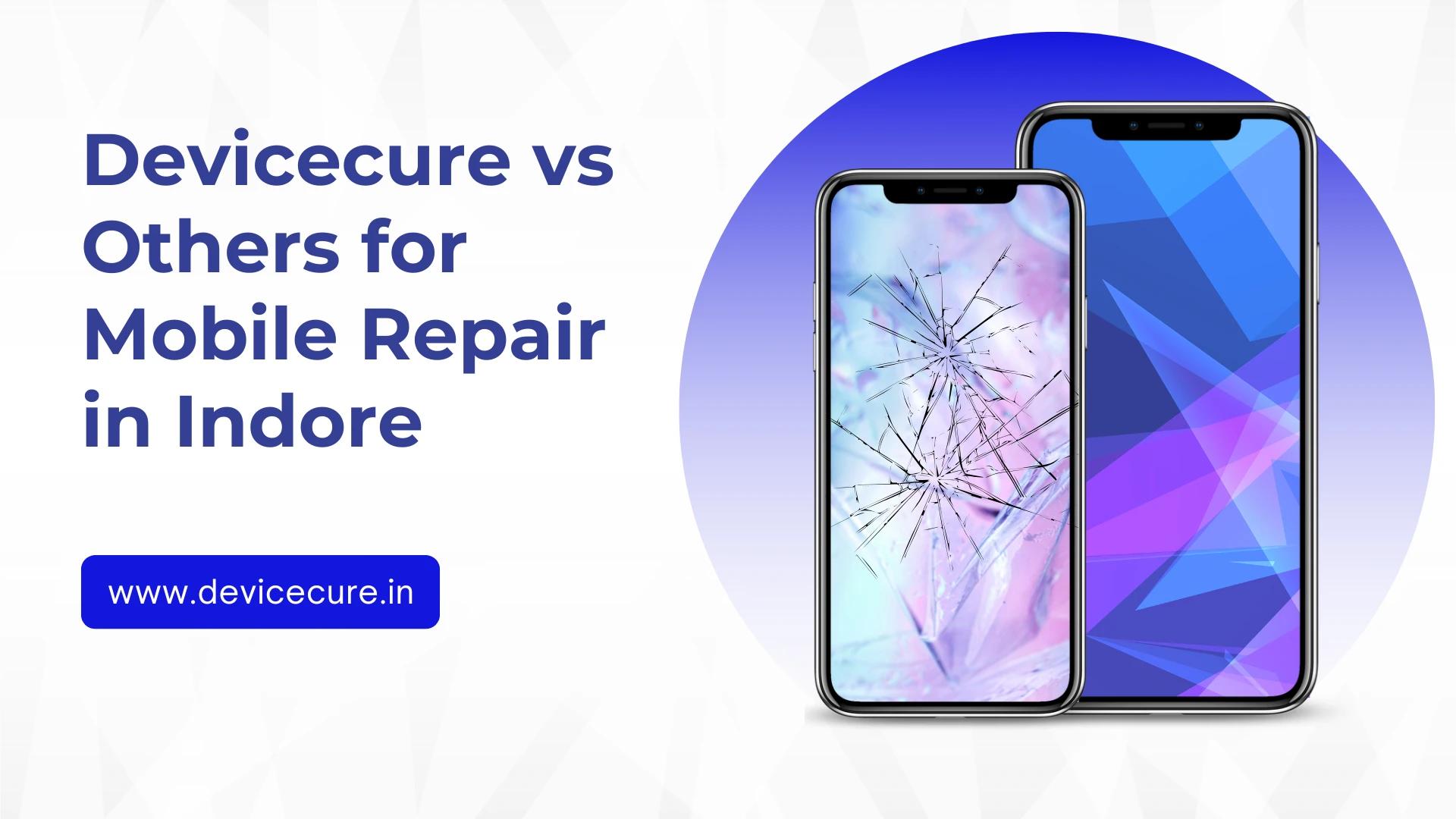Having your phone stolen can be a stressful and upsetting experience. However, staying composed and acting swiftly can reduce the damage and protect your information. Use this step-by-step guide to manage the situation with confidence.
1. Don’t Panic—Act Quickly
It’s natural to feel overwhelmed, but staying calm is crucial. The faster you act, the better your chances of recovering your device or securing your information.
2. Try to Locate Your Phone
Most smartphones come with built-in tracking features. Use these tools immediately:
iPhone: Log in to Find My iPhone using your Apple ID to locate, lock, or erase your device.
Android: Access Find My Device with your Google account for similar features.
If the phone is still powered on, you may be able to pinpoint its location or play a sound to identify it.
3. Lock Your Device Remotely
If you can’t retrieve your phone, lock it to prevent unauthorized access. You can do this using:
iPhone: Use “Mark as Lost” on Find My iPhone to lock the device and display a contact message.
Android: Use “Secure Device” on Find My Device.
4. Erase Your Data
If recovery seems impossible, erase your device to protect sensitive information. Both Apple and Google allow you to remotely erase your phone’s contents, but be aware this action is irreversible
How to Clean Your Mobile Phone
5. Contact Your Mobile Carrier
Call your carrier to report the theft. They can:
Suspend your service to prevent misuse.
Block your device using its unique IMEI number, making it useless to the thief.
6. Change Your Passwords
Assume the thief might access your apps or accounts. Change passwords for:
Email accounts
Social media profiles
Banking or payment apps (e.g., PayPal, Venmo)
Any other services linked to your phone
Enable two-factor authentication (2FA) wherever possible for added security.
7. Report the Theft to the Authorities
Filing a police report might seem tedious, but it’s essential for:
Insurance claims
Blocking the IMEI number (in some regions)
Assisting in potential recovery efforts
Provide the police with your phone’s make, model, IMEI number, and any tracking data.
8. Inform Your Contacts
Warn friends, family, and colleagues about the theft. A thief could impersonate you to scam them using your phone number or accounts.
9. Notify Your Insurance Provider
If your phone is insured, file a claim promptly. Insurance might cover the cost of a replacement or repair, depending on your policy.
10. Prepare for the Future
Once you’ve dealt with the immediate aftermath, take steps to secure your next device:
Enable tracking features. Always keep “Find My iPhone” or “Find My Device” activated.
Use strong security. Set a strong passcode or biometric lock (fingerprint or facial recognition).
Back up your data. Regular backups ensure you won’t lose important information in case of theft.
Label your device. Consider adding a “Return If Found” message to your lock screen.
Final Thoughts
Having your phone stolen is a frustrating experience, but being prepared and acting swiftly can mitigate the damage. By following these steps, you’ll protect your data, minimize financial loss, and move forward with greater peace of mind.
Stay vigilant, and always prioritize your digital security.
F&Q
1. What’s the first thing I should do if my phone is stolen?
Immediately try to locate it using the built-in tracking feature like Find My iPhone or Find My Device for Android. If it’s unrecoverable, lock your phone remotely to prevent unauthorized access.
2. How can I track my stolen phone?
iPhone: Use Find My iPhone.
Android: Use Find My Device.
These tools let you locate, lock, and erase your phone remotely.
3. What should I do if I can’t track my phone?
Lock your device remotely to protect your data. Then contact your mobile carrier to suspend your service and block the phone using its IMEI number.
4. How do I find my phone’s IMEI number?
Check your phone’s original box or receipt.
If you backed up your phone, the IMEI might be stored in your account settings (e.g., Google or Apple ID).
5. Should I report my stolen phone to the police?
Yes, file a police report with your phone’s details, including the IMEI number. This can help with insurance claims and might assist in recovering your device.
6. How do I protect my accounts and data?
Change passwords for critical accounts linked to your phone, including email, banking, and social media. Enable two-factor authentication (2FA) for added security.
7. Can I recover my stolen phone?
Recovery depends on circumstances. Tracking tools or reporting to authorities might help, but if the phone is turned off or factory reset, recovery becomes less likely.
8. What happens if someone uses my stolen phone for illegal activities?
Reporting the theft to the police and your carrier helps protect you from liability. Keep a copy of the police report for your records.
9. Will my insurance cover a stolen phone?
If your phone is insured, contact your provider to file a claim. Coverage details depend on your policy, so check for theft protection terms.
10. How can I prevent future thefts?
Always use a strong passcode or biometric lock.
Enable tracking features like Find My Device or Find My iPhone.
Avoid leaving your phone unattended in public places.
11. Can thieves access my phone if it’s locked?
Modern smartphones are hard to access without the correct PIN, password, or biometric data. However, always assume they might try and secure your accounts immediately.
12. What should I tell my contacts after my phone is stolen?
Inform them about the theft and warn them against responding to suspicious messages or calls that may come from your stolen number.
13. How do I handle payments linked to my phone?
Contact your bank to block or freeze mobile payment services like Apple Pay, Google Pay, or any linked credit cards to prevent unauthorized transactions.
14. Is it safe to replace my phone immediately?
Yes, but ensure your accounts are secure first. Set up your replacement device with stronger security measures and regularly back up your data.











